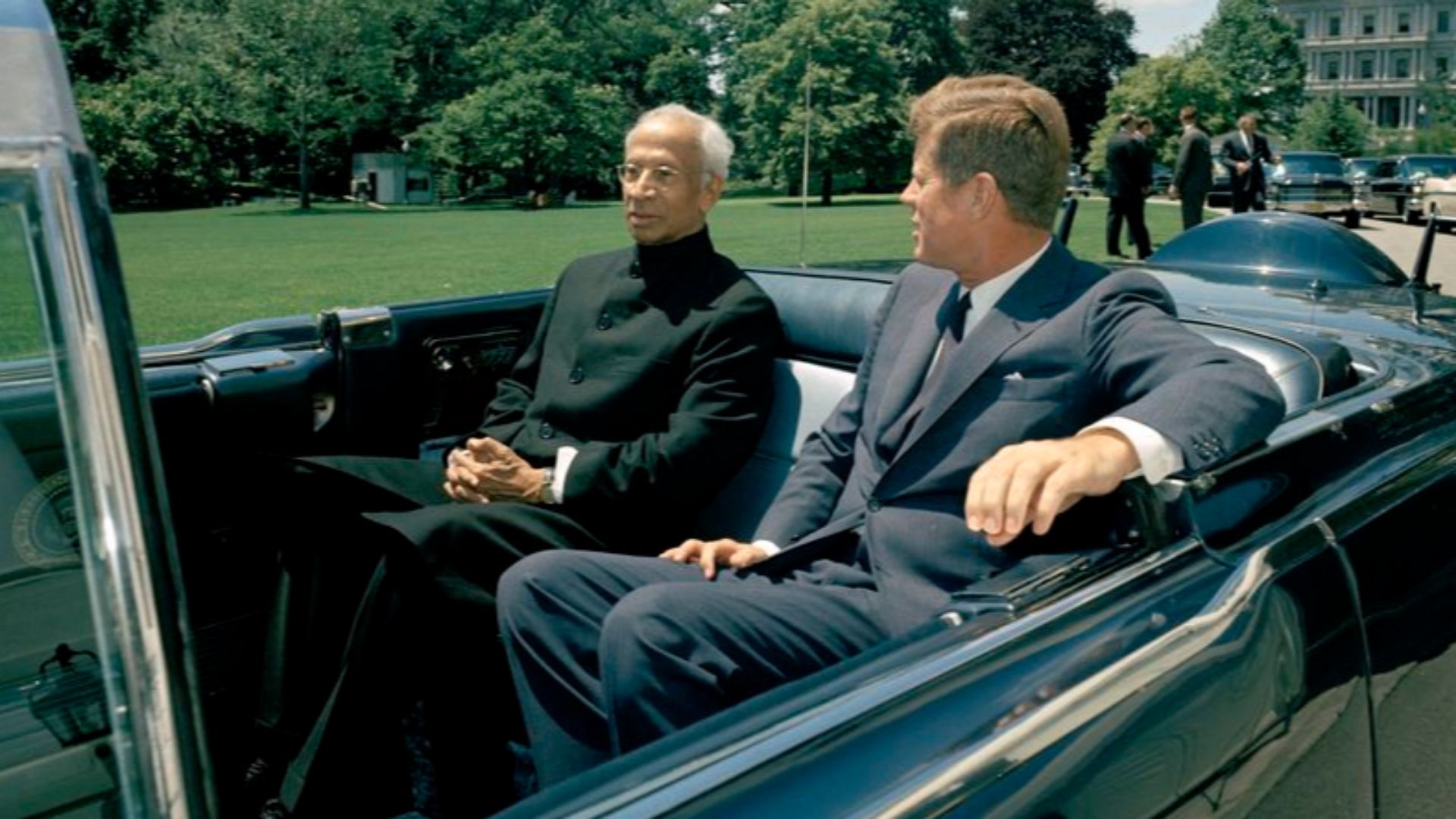Don’t Say You Weren't Warned
Your car turns into an oven during the summer months, reaching dangerous temperatures that can destroy valuable belongings and create serious safety hazards. Many everyday items we carelessly leave behind face irreversible damage when exposed to extreme heat. Between technology that fails permanently and products that become toxic, the consequences extend far beyond simple inconvenience. If you care about your belongings, take a good look at this list of 20 items to never leave in your hot car.
1. Credit Cards
What should speed up checkout instead stalls it, turning a simple tap or swipe into a heat‑induced hassle. Around 150°F, plastic can warp, magnetic stripes lose their data, and embedded chips start to fail.
2. Smartphones
Speaking of essential items, your smartphone faces similar heat-related dangers. Lithium-ion batteries may swell or explode under extreme temperatures, and internal components warp and malfunction permanently. Plus, screens might also crack from thermal expansion.
3. Glass Bottles
Heat buildup can push glass bottles past their breaking point, causing sudden shattering and scattering dangerous fragments. Cleanup then becomes hazardous as it demands careful removal of the glass using protective gloves and thorough sanitizing.
4. Aerosol Cans
It's not just electronics at risk—pressurized containers pose serious hazards too. Aerosol contents can explode when overheated, as metal containers conduct heat rapidly. As if it were not enough, flammable propellants create fire risks that could escalate beyond your vehicle.
5. Prescription Medications
Your medicine cabinet shouldn't extend to your car's dashboard because heat rapidly degrades active ingredients and reduces their effectiveness when you need them most. Some pills melt or change consistency entirely, while temperature-sensitive drugs can become unsafe to consume.
6. Chocolate
On a sweeter note, chocolate presents its own melting point problems. Above 86°F, it liquifies quickly and creates a sticky mess that attracts pests if left unattended. Chocolate also spoils and develops white "bloom" from fat separation.
7. Sunscreen
Ironically, the very product meant to protect your skin from the sun struggles in the heat. As temperatures rise, active ingredients break down, slashing real UV defense when it matters most. Meanwhile, packaging can warp and leak, and heat‑stressed formulas may irritate skin instead of safeguarding it.
8. Canned Drinks
Even refreshing beverages aren't spared by summer heat. When heat increases inside the car, carbonation expands until cans bulge—or burst—while sugars can begin fermenting into a fizzy, off‑tasting mess. Just like chocolate, any leaks in the can will leave sticky trails that attract insects and rodents.
 Sebastian Coman Photography on Pexels
Sebastian Coman Photography on Pexels
9. Plastic Toys
Due to heat exposure, plastic can warp and release chemicals that leave lingering odors. And once they're deformed, toys can't be restored to their original shape. So, don't turn your kid's favorite items into unusable, potentially hazardous clutter.
10. Musical Instruments
Artists know that instruments require careful climate control. As temperatures climb, wood begins to warp and glue joints soften. Those shifts raise string tension until the strings snap. In addition, finishes can bubble or crack, leaving some instruments like violins out of tune and structurally weak.
11. Batteries
Overheating can turn power sources from helpful to hazardous because high temperatures speed up internal reactions and raise the chance of leaks that corrode anything nearby. Performance also nosedives, sometimes without visible warning. In severe cases, cells can ignite or even explode.
12. Hand Sanitizer
Hand sanitizers and alcohol-based cleaners suffer in high temperatures, where rapid evaporation lowers alcohol concentration and reduces germ-killing effectiveness. Moreover, heat stresses the packaging, causing pumps to leak or vent.
13. Perishable Groceries
As bacteria like Salmonella thrive in warm conditions, meats and dairy spoil above 40°F. Moreover, the lingering odor attracts pests that lead to foodborne illness risks with each passing minute. That’s why food quickly becomes unsafe in hot vehicles.
14. Paint
Under temperature stress, paint chemistry can shift permanently and ruin the color. At the same time, sealed containers may build pressure until they bulge or burst. What's worse? Intensified fumes can turn toxic in enclosed cars, making safe ventilation impossible until damage is done.
15. Makeup And Perfumes
Foundations tend to separate, lipsticks liquify, and perfumes lose their fragrance profile when left in a hot car. Once the chemical composition is altered, these products can irritate your skin or stain your car’s surfaces.
16. Crayons
Art supplies can turn into permanent problems once they melt. In heat, crayons soften into upholstery and resist removal. The softened wax releases noticeable fumes and smears easily, leaving stubborn stains on both fabric and plastic—damage that's difficult to reverse once it sets.
17. Contact lenses And Their solutions
Contact lenses and their solutions deteriorate quickly in heat, as lens polymers lose integrity and preservatives break down. This increases the risk of irritation and infection. Blister packs can also warp or delaminate, which compromises their sterility.
18. Lighters
Small but dangerous, lighters can explode when left in a hot car. Since pressure builds inside the car with rising temperature, they may rupture or ignite nearby flammable materials, posing a serious risk of fire.
19. Sports Equipment
In hot cars, sports equipment also takes a beating. Air inside inflated balls expands until seams strain and bursts become likely. Racket frames and composite sticks can loosen string tension. Even helmet and glove padding degrades faster.
 Vladsinger at English Wikipedia on Wikimedia
Vladsinger at English Wikipedia on Wikimedia
20. Baby Formula
When it comes to your little one's nutrition, temperature control becomes essential. Prepared formula turns unsafe above 40°F as essential nutrients degrade rapidly. Additionally, bottles may leak under pressure, wasting precious baby food. So, always transport the formula in a cooler to avoid such issues.


























